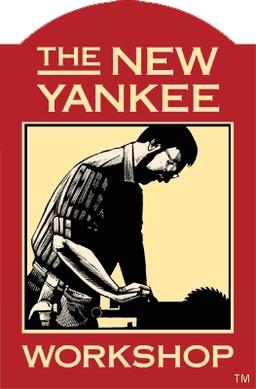

Yogurt is super easy to make with any (dairy) milk.
There are some cheeses that are better with unpasteurized milk, but it still works with pasteurized milk. I think most cheeses made with unpasteurized milk are just done that way because the pasteurization is an unnecessary step. Cheeses that are aged long enough have the pathogens die off. In the US, that threshold is 60 days. In the EU, tradition is deemed more important than safety, so there is no waiting period. https://pmc.ncbi.nlm.nih.gov/articles/PMC12146498/#fsn370409-bib-0006
Homogenization is a challenge for curd formation with some cheeses, but you can counteract it with some extra calcium chloride.
It’s common to add cream to milk to boost the fat content for some cheeses.
You wouldn’t make rennet-based cheeses of the leftovers from a jug of milk, though, cause that’s not enough bang for your buck. I just make what’s essentially like a ricotta. All you have to do is heat it up, and add a little bit of distilled vinegar or lemon juice which cuddles it, and then you strain it through cheesecloth.








From what i understand “cottage cheese” is a cheese made from milk treated with rennet, lightly strained, and mixed with a little bit of cream. I’m sure there’s regional variation in the terminology and process.
From like 2 minutes of searching online, I seems like what people call “dry cottage cheese” is basically just what I described. Heat milk, acidify it, and strain. Typically what I do is strain it with a cloth until it’s fairly dry, then I’ll mix back in some of the whey until I get the texture I like.
The fancier version involves fermentation with bacterial cultures to create the necessary acid, but that’s not something you are going to do with a half jug of milk you want to just use up before it goes bad.